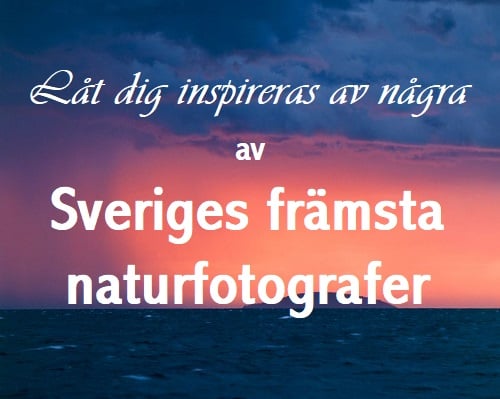Stefan Lithner, naturfotograf
En utställning av Stefan Lithner
Vackra och fascinerande naturbilder från Norden, Asien, Australien, Sydamerika och Afrika
Presentation av Stefan och varukorg för att köpa Stefans bilder online finns längst ned på denna sida
Alla bilder på denna hemsida är skyddade av upphovsrättslagen
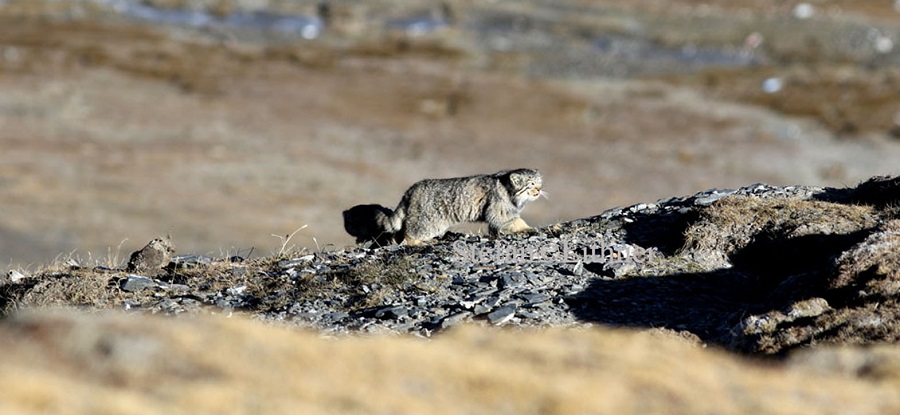
Palla´s Cat or Manul (Otocolobus manul) Never common but found in large parts of remote Asia above tree-limit. In 2016 I participated on a trip to Tibet. We started to climb at an altitude of about 4300 meters a.s.l. At about 4700 meters a female with half grown kittens were found.
Klicka på länken för att se mer: Club300.se
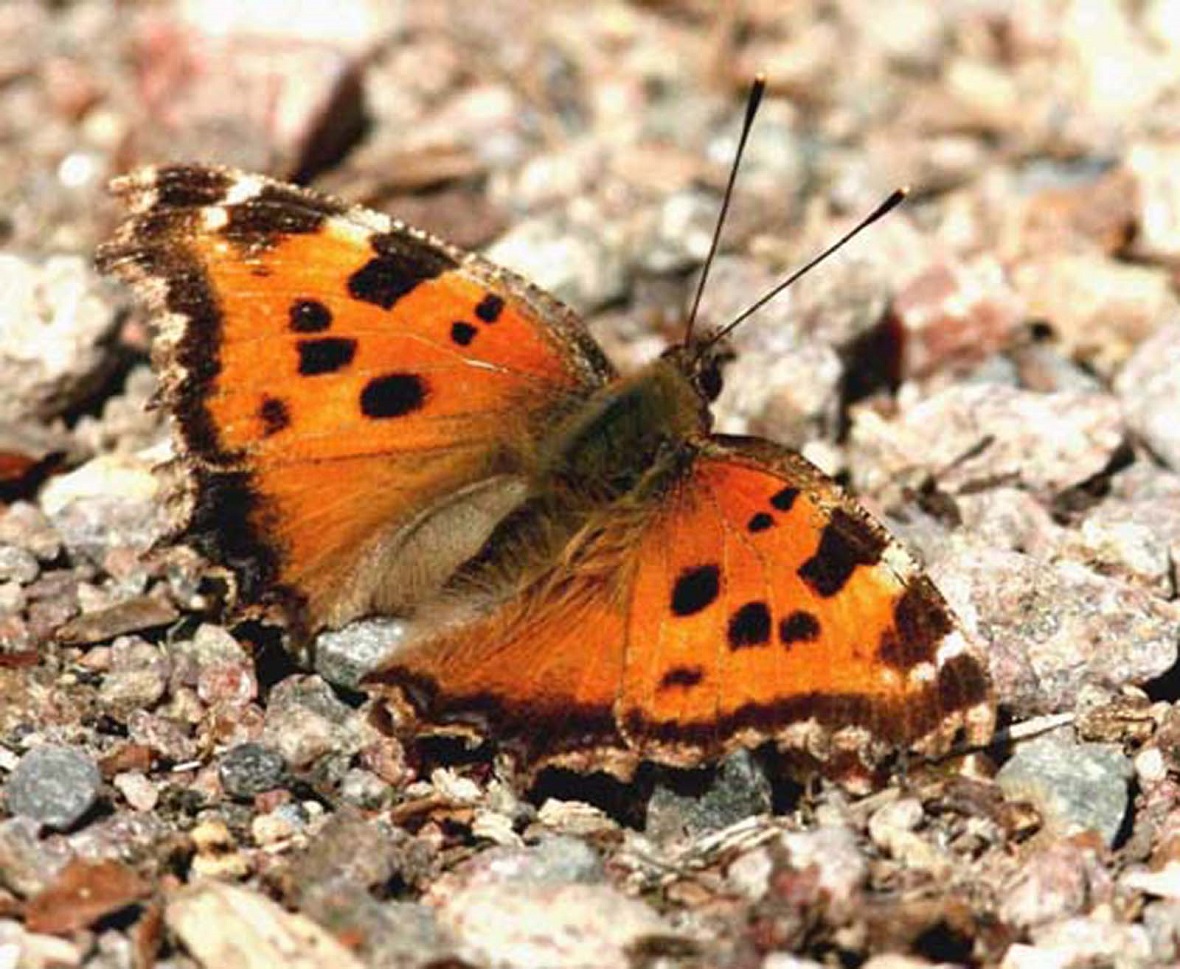
Yellow-legged Tortoiseshell (Nymphalis xanthomelas) This butterfly was encountered first time in Sweden in 1954 and made a brief attempt to settle in the late 1950 and early 1960s
It was then absent from this country until the early 2000 s. During a search in April 2007 at a site where it was seen previous year, where temperature rises somewhat earlier than on other sites in spring I encountered this beauty.
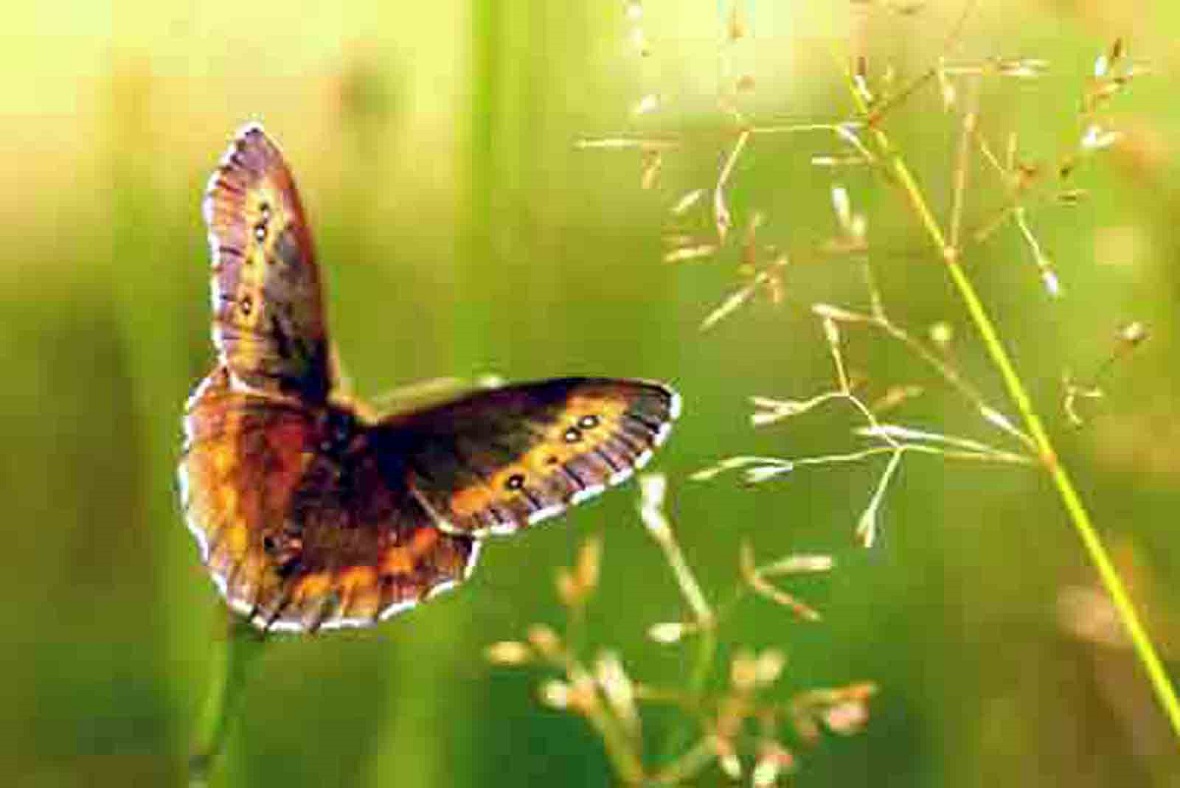
Arran Brown (Erebia ligea) is widespread south-eastern and northern Europe. In southernmost and southwestern Sweden it occurs as imago (butterflies) only every two years. In my current home province Blekinge it doesn´t show up often. This picture was taken in 2009.
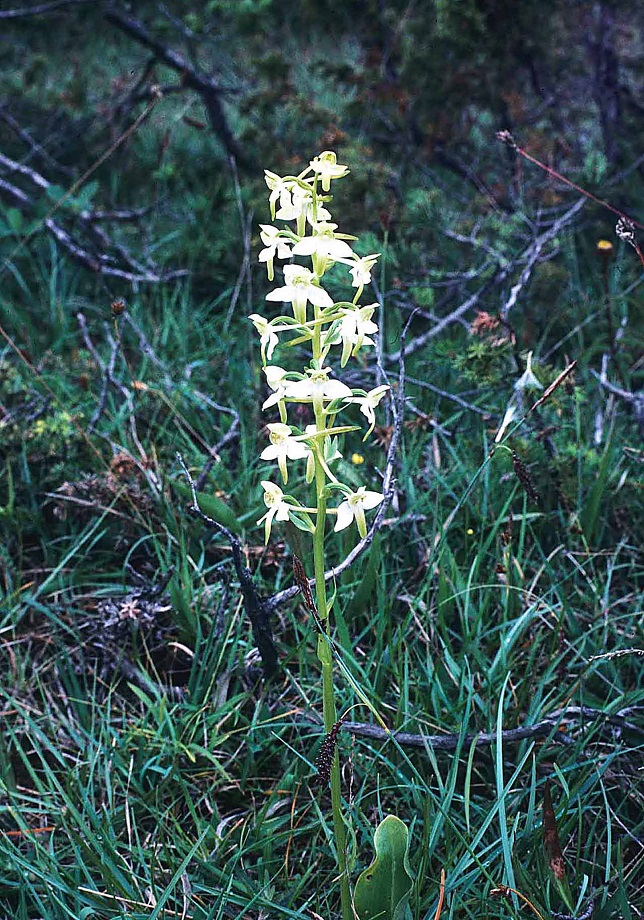
Greater Butterfly-orchid (Platanthera chlorantha)
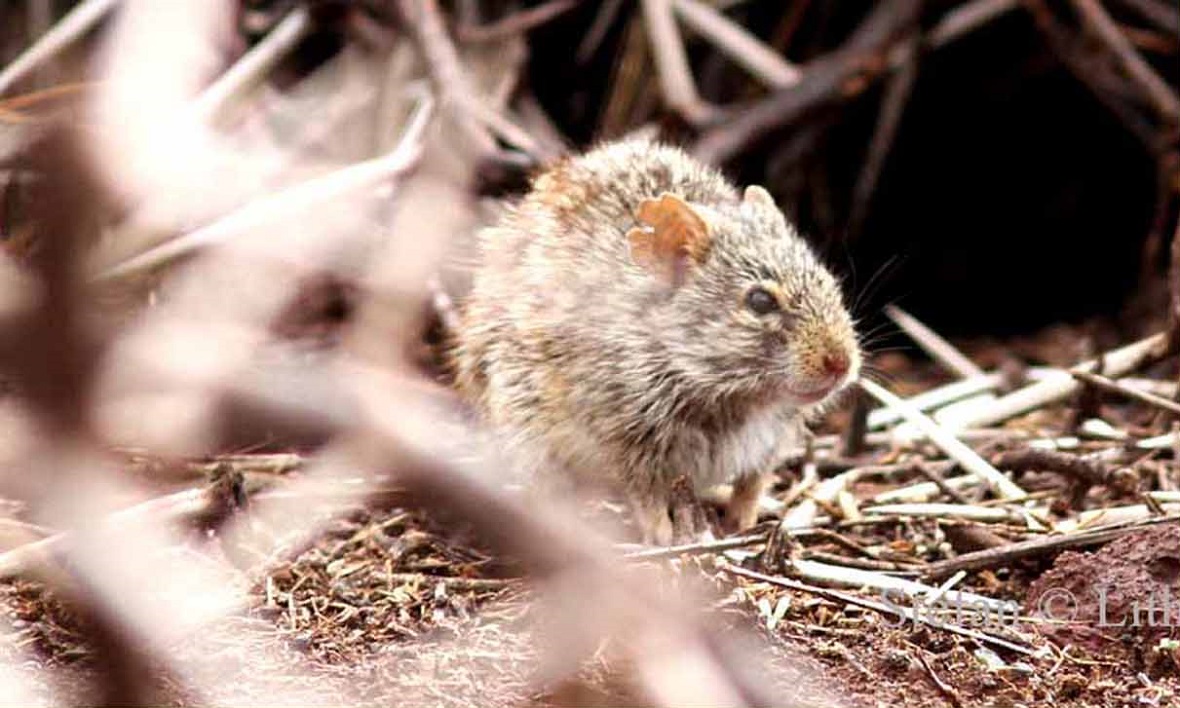
Nairobi Grass-rat (Arvicanthis nairobae) In Africa at least seven species of Arvicanthis-rats occur. Usually people seeing them refer to them as grass-rats. Because they are diurnal they frequently caught your eyes. during my expedition to northern Tanzania in November 2015
I became aware there were Arvicanthis -rats looking different from each other. I started photographing them, while my driver turning increasingly annoyed since he much rather wanted to show me Brush Rhinocerous about three kilometers away. Returning from the trip I consulted Handbook of the Mammals of the World, Vol 6 and 7 and learned there are three species of Arvicanthis in northern Tanzania. Only this one shows pale pinkish-yellow nose and ears.
Klicka på länken för att se mer: Mammalwatching
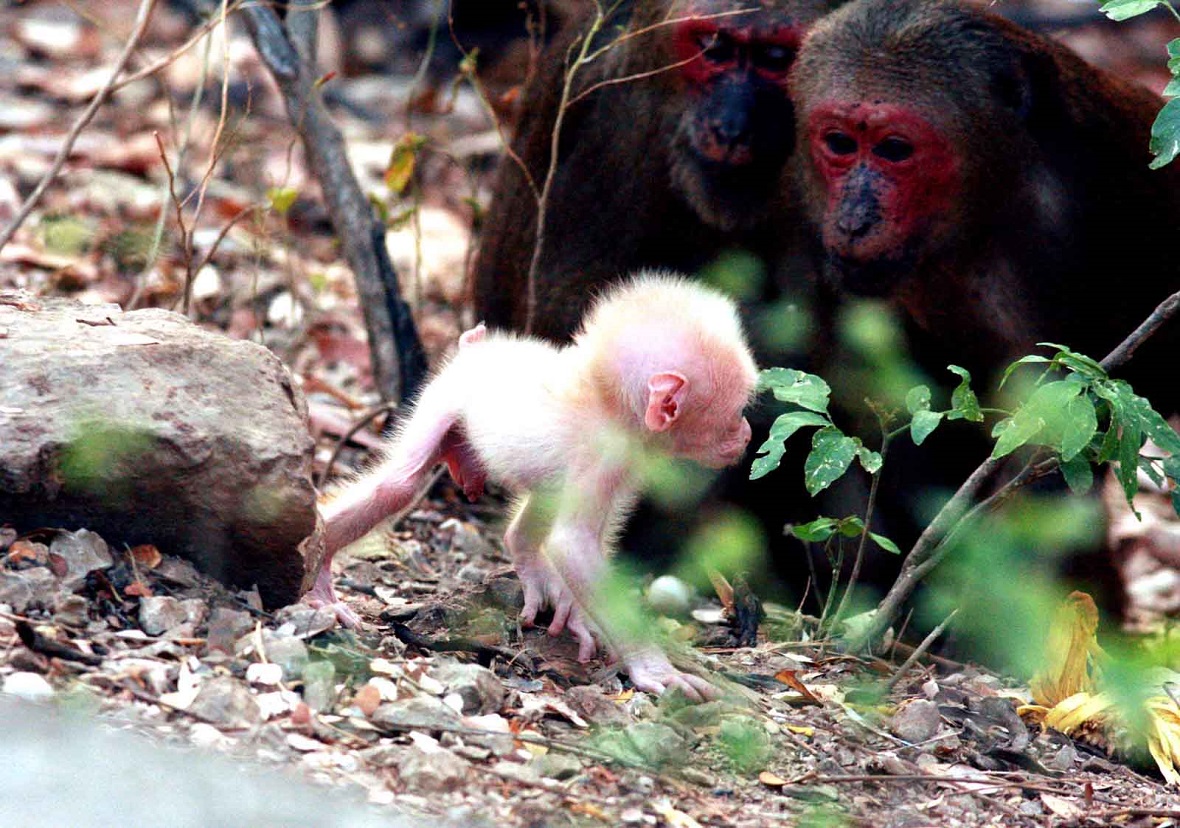
Stump-tailed Macaque (Macaca arctoides) During one of my trips to south-east Asia
I asked my guide whether it was possible to see this species. At Ta Yang we found a whole family-group of them, from the oldest (“grand-pas”) to a recently borne. On this image anxious parents are watching their child´s first steps,
while the little one already tries to show some independence of his parents.
Klicka på länken: Thailand and Cambodia
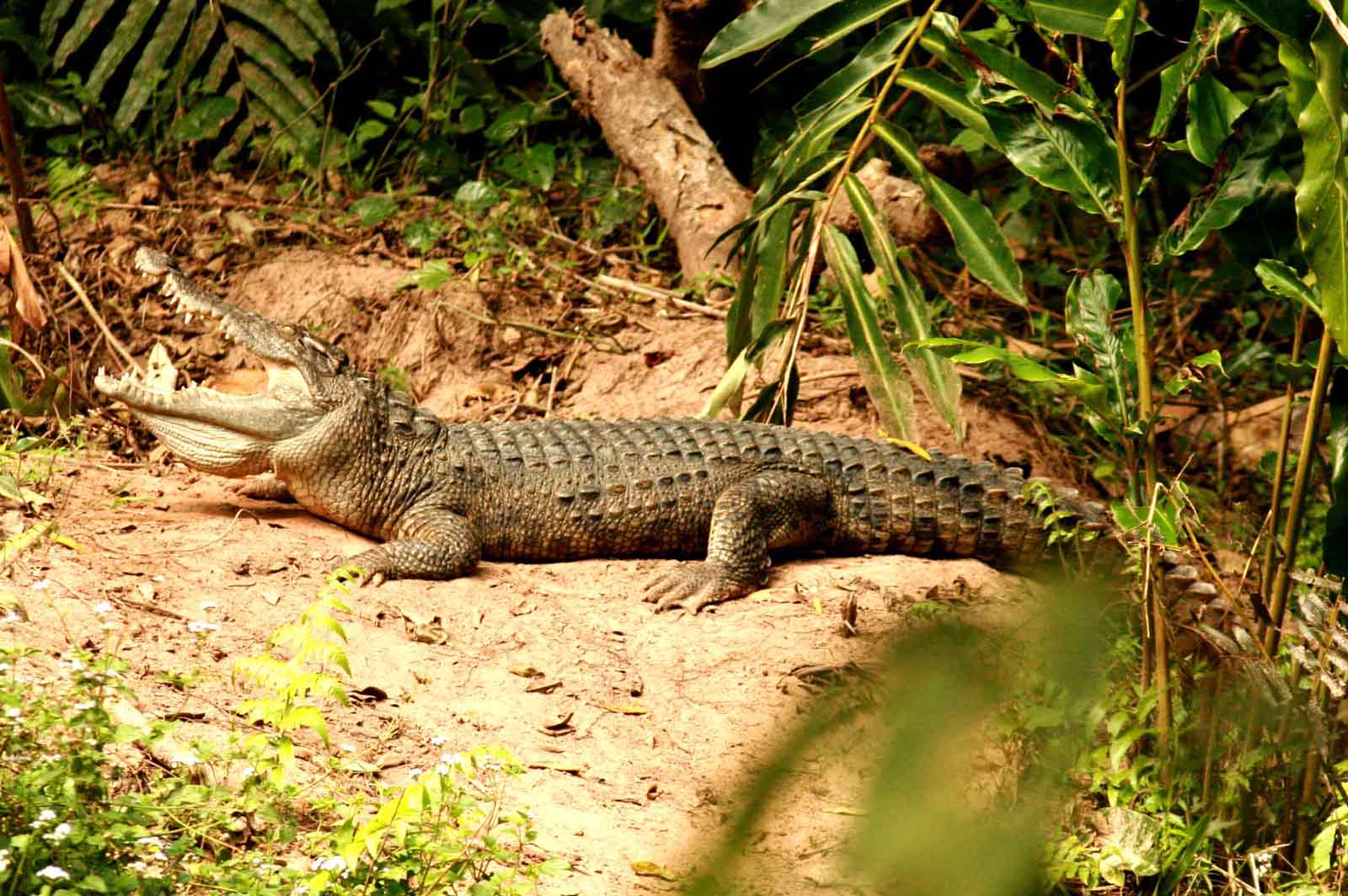
Siamese Chrocodile (Crocodylus siamensis) During my trip to South.East Asia in 2010 my guide and I had just escaped a male elephant probably at must we had been cautioned for and had returned to the main road in Kaeng Krachan. Since I´m also fond of Crocodilia I very much wished to see this crocodile in the wild. I had not asked my guide and he had not spoken about it. I asked him. He immediately replied: “Do you want to see a Siamese Crocodile?” When I admitted my gyide just took a path though the rainforest a few dozen meters down to a rainforest pond. At that time it was not ensured whether the small population herewas truly wild.

Scarlet Dragonfly (Scarlet Darter) (Crocothemis erytrhraea) is known to be a common and abundant species in Europe as well as northern Africa and Asia. In mid July 2019 it was encountered for the first time in Sweden not far from my home.
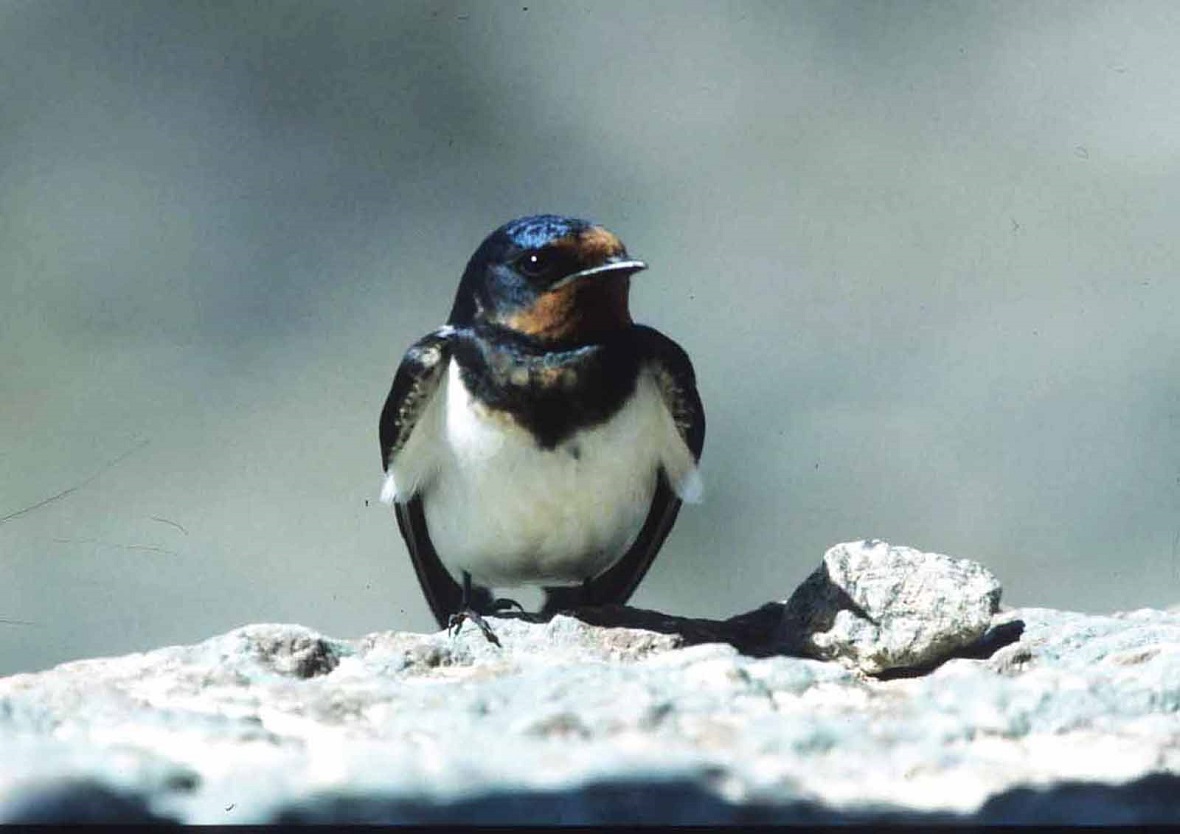
Barn Swallow (Hirundo rustica) When I grew up the barn swallow was common around every barn containing cattle or pigs. When Sweden entered the European Union many restrictions were inaugurated. Together with refined catching methods for food among locals in their wintering areas this dramatically reduced their abundance.
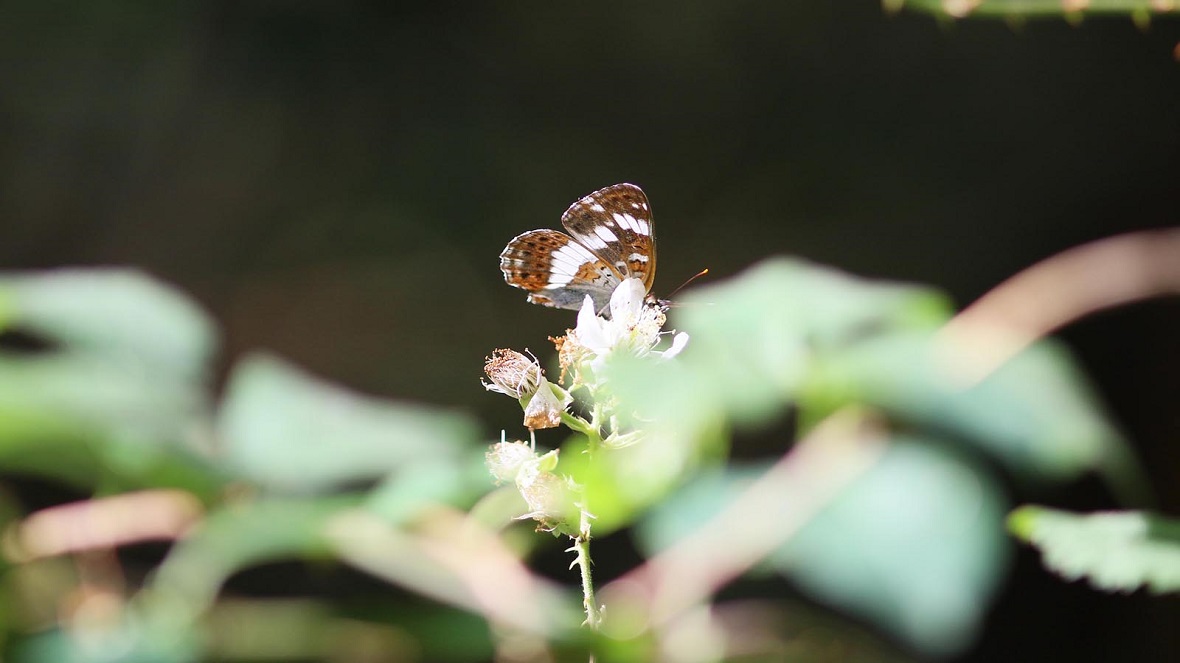
White Admiral (Limenitis camilla) This beautiful butterfly was missing in Sweden during a number of years. When it started to return it was rather local and not in large numbers.
It very much pleased me to be able to show this to a butterfly-colleague since she had not previously seen it.
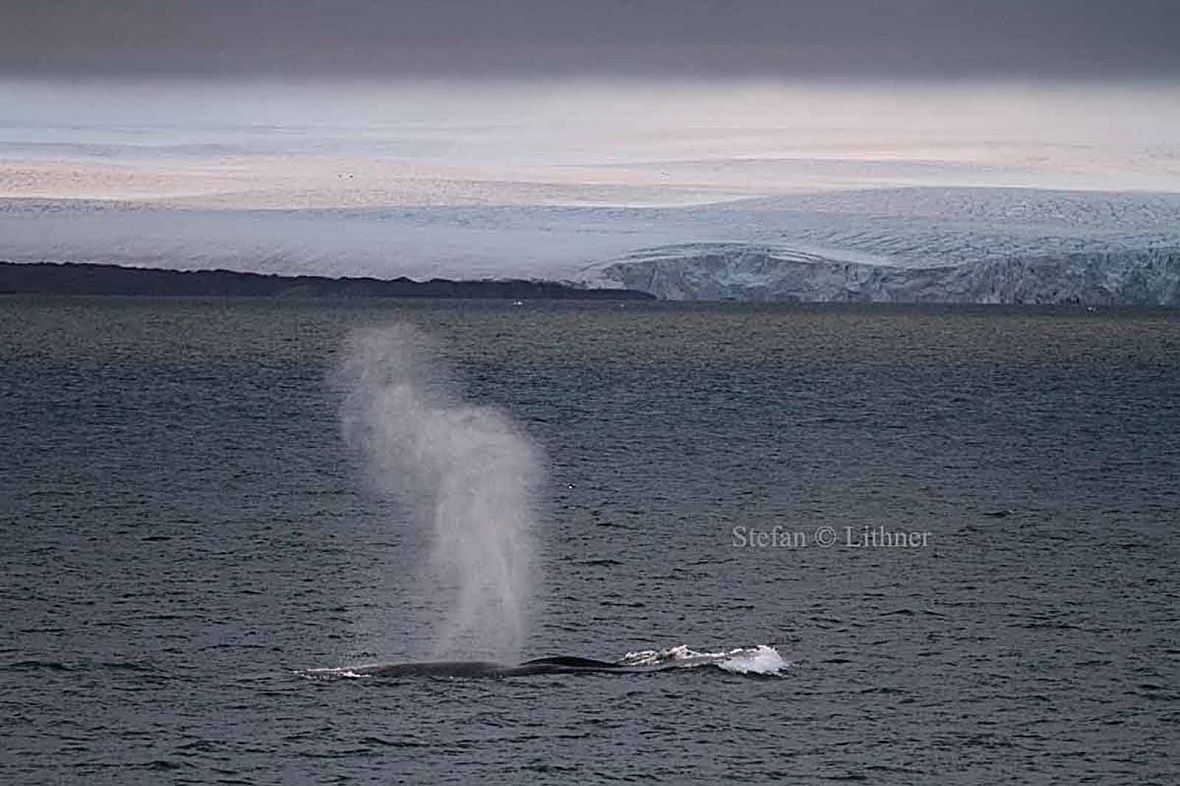
Bowhead Whale (Balaena mysticetus) Before this whale species was dramatically reduced it was found also in waters surrounding Spitzbergen. Prior to my trip to these waters I searched for reports of it from these waters. There were a few claims but no documented findings. During my trip our skilled guides spotted a whale they were not certain about what species it belonged to.
Since its blows were slightly V-shaped I took a number of pictures. Photos were sent to professor in charge of Spitzbergen who didn´t want to make any statement based on my photos. I contacted Dr Carl Kinze in charge of www.whaler.dk. He agreed with my suspicion and suggested me to contact professor Mads Peter Heide Jørgensen in charge of research on eastern. We subsequently all agreed this is a Bowhead Whale.
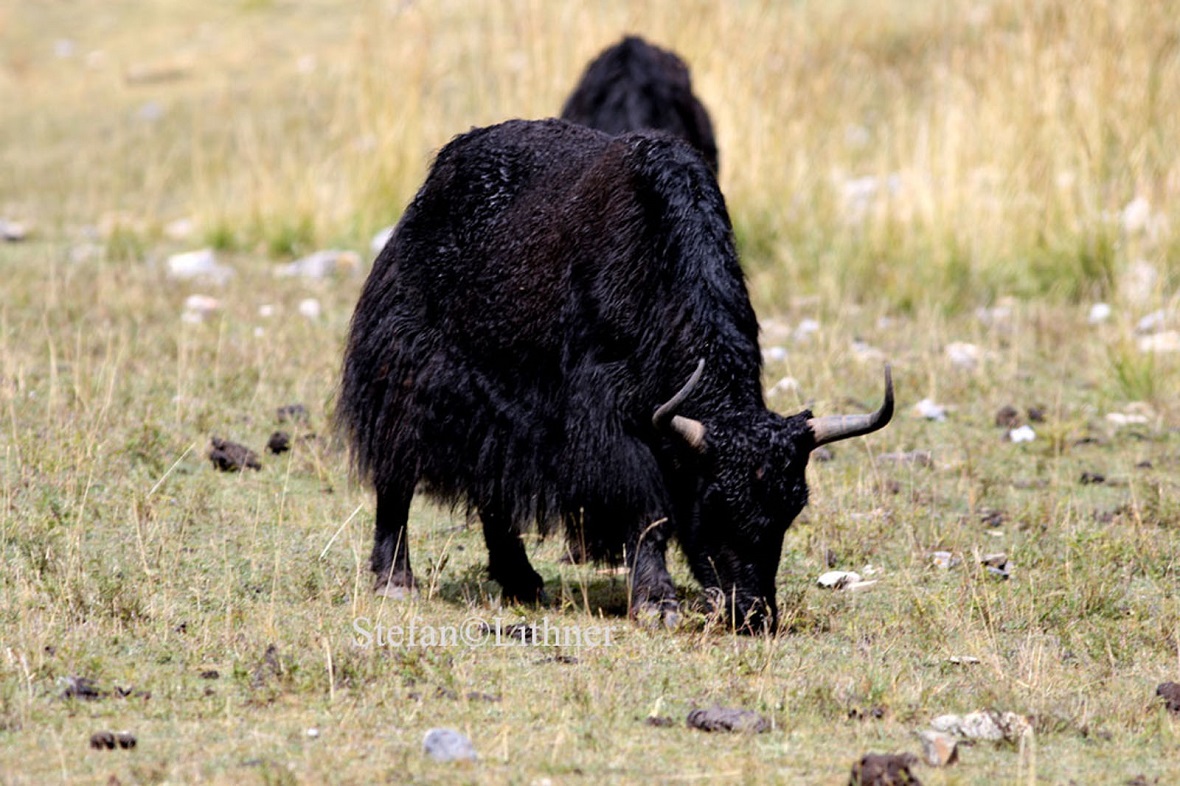
Wild Yak (Bos mutus) At latest assessment carried out in 2008 the world population of Wild Yak was estimated to about 10000 adult individuals, while Domestic Yak (Bos grunniens) and hybrids exceeded twelve million heads. Distinction between the two taxa and hybrids is often most difficult. On Internet plenty of confusions occur. These animals rarely descend below 4000 meters a.s.l. but during rut bulls do to mate also with domestic and hybrid females. Animal on this image was found at about 4400 meters and is photographed at a distance of about 200 meters.

Scarce Copper (Lucaena virgaureae) The beauty of the male of this butterfly is difficult to top. In Sweden is it may be seen from end of June and some years throughout August. This individual is resting on a Common Yarrow (Achillea millefolium).
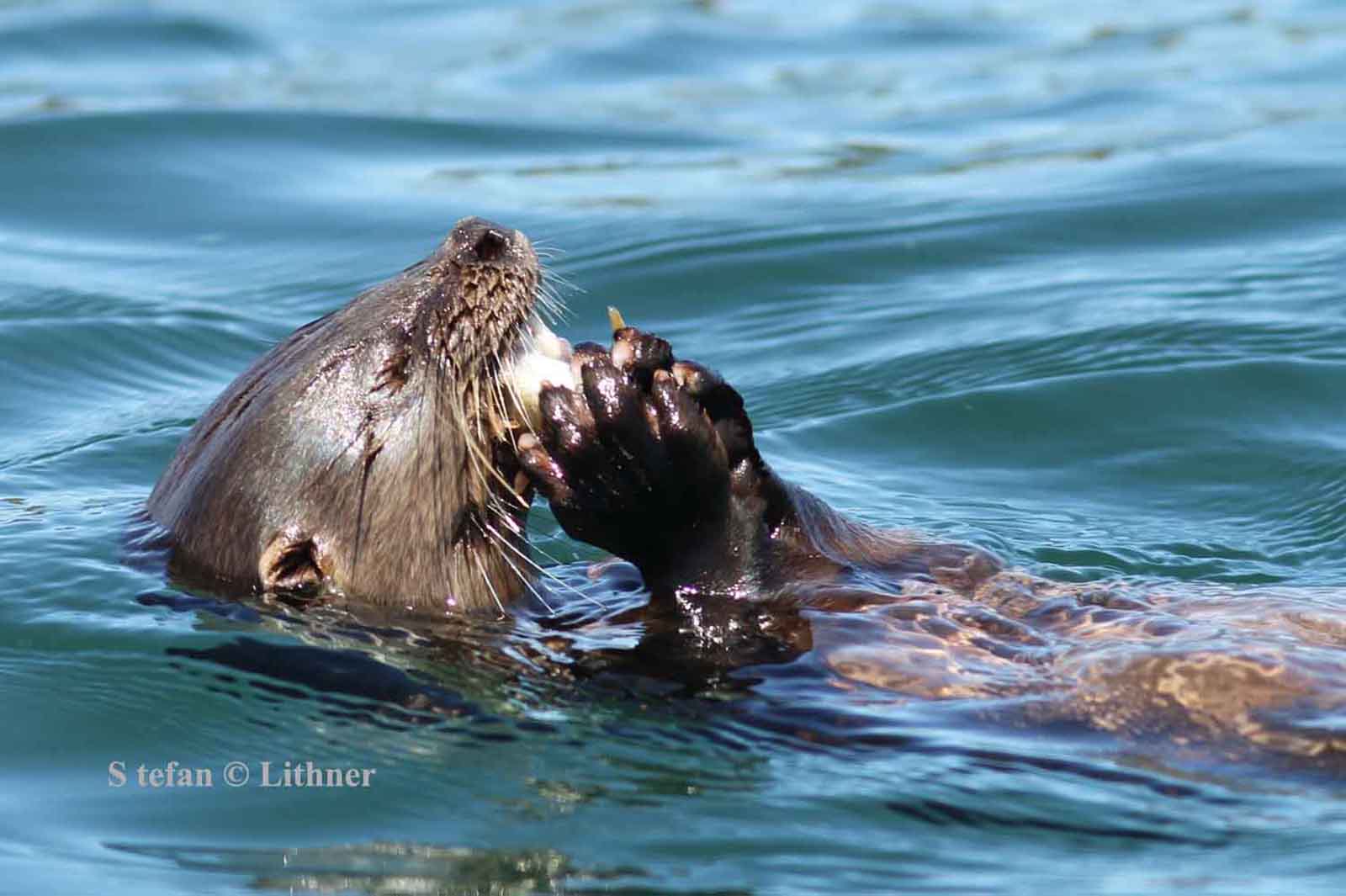
Marine Otter (Lontra felina) feeding on an oyster off the coast of Southern Chile.
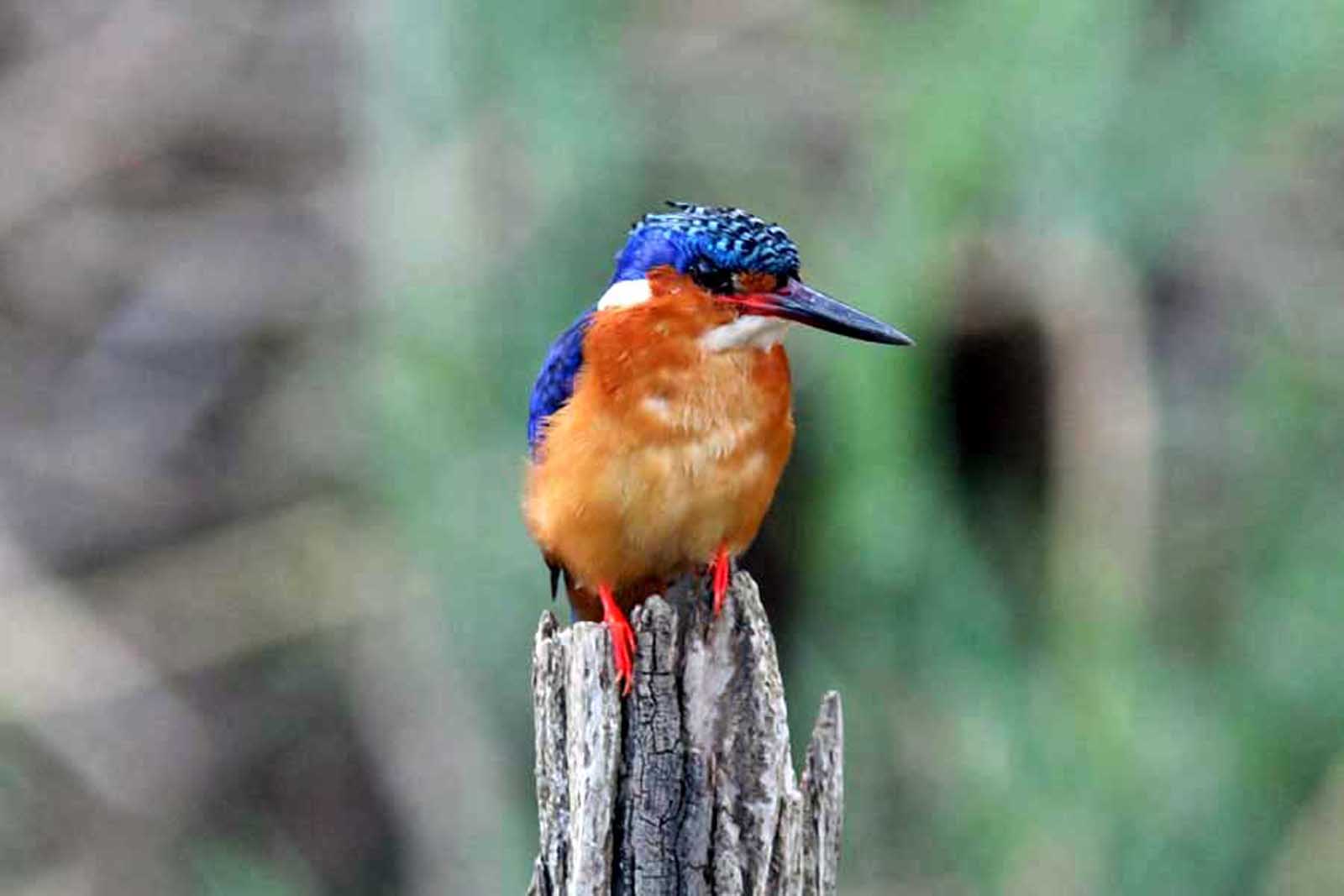
Madagascar Kingfisher (Corythornis vintsioides) at first sight resembles our European Kingfisher (Alcedo atthis). Most striking difference is probably the bill, but also some white markings in the plumage are eye-catching. This was photographed near Akarafansika in Madagascar. It may also be found on Mayotte and the Comoros.

Brown-banded Carder Bee (Bombus humilis) occurs scarcely in the southern half of Sweden. It was not until quite recently I made first contact with it in my current home county.
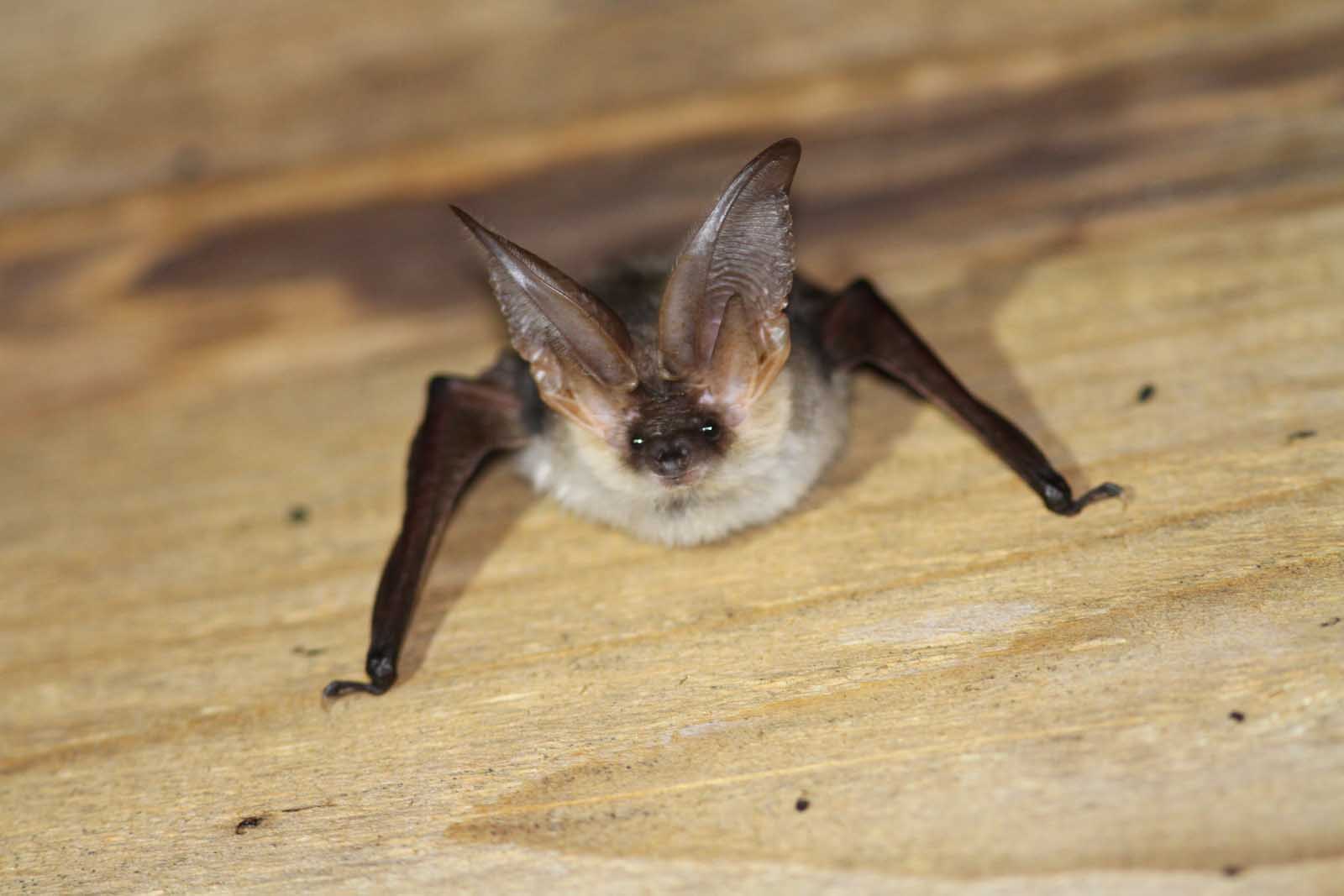
Mountain Long-eared Bat (Plecotus macrobullaris) This bat required a bit of “church-climbing” to reach, inside the tower of the neat church of Velika Ligojna in Slovenia. It was found as high up as you could get inside the church, just beneath the cross on top on the outside of the church.
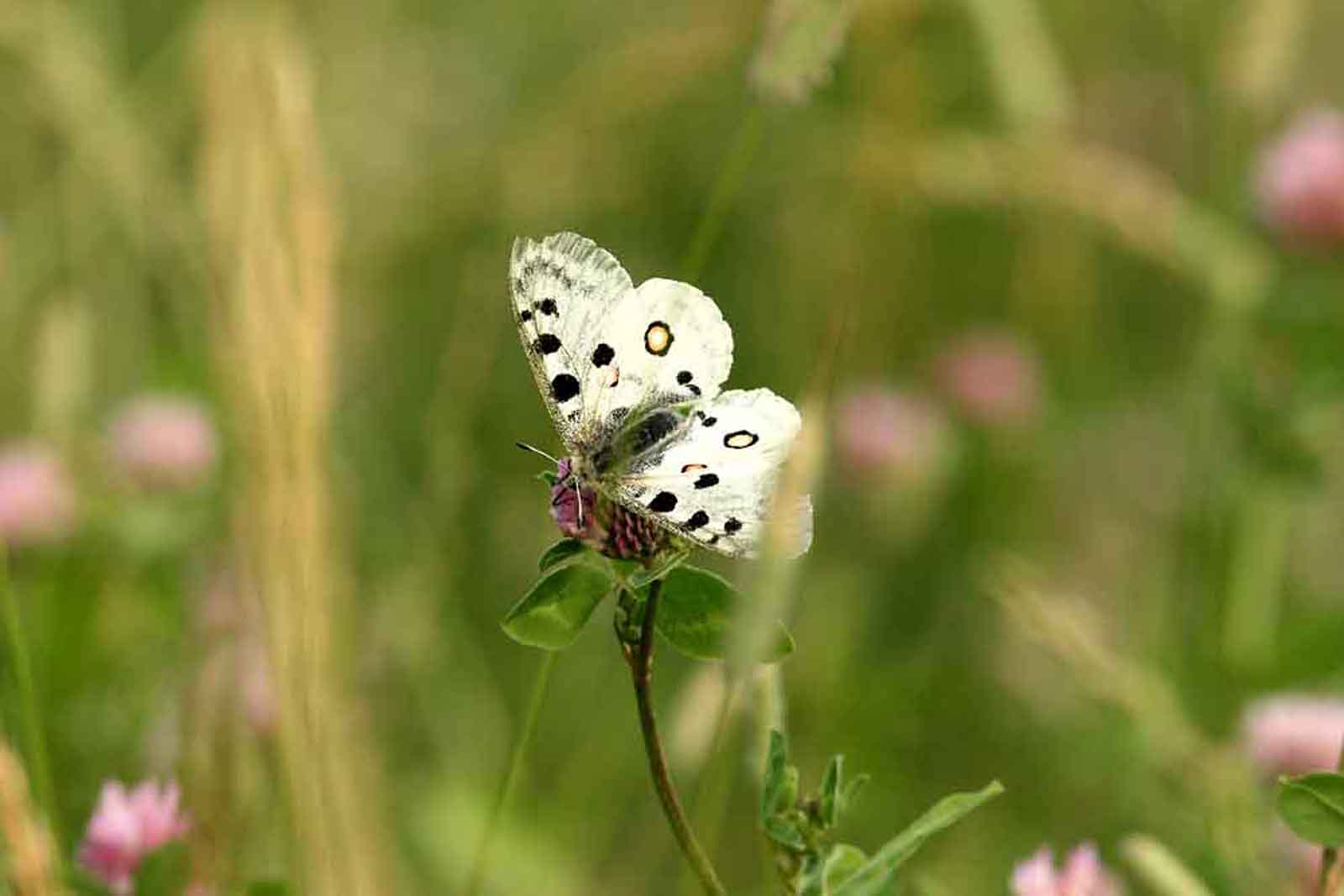
Apollo or Mountain Apollo (Parnassius apollo) occurs in Sweden with two or possibly three subspecies This image shows the slightly larger A. a. scandinavica on the Swedish mainland.

Caspian Plover (Charadrius asiaticus) This beauty was found first time in Sweden early April 2014. Nearly three weeks later a bird of the same species showed up on the island of Öland (Oeland) closer to my home. It did not look to be the same individual. Since my images from the first visit didn´t quite turn out to my satisfaction I was pleased to get this second chance.

 Scarce Fritillary (Euphydryas maturna) This butterfly was formerly known from locations in counties not very far from where I live, but successively less suitable treatments of forests and pastures by man have extinguished it from many of these. Since I very much wanted to see this beauty I had to make a trip to nearest site about 470 km from where I live.
Scarce Fritillary (Euphydryas maturna) This butterfly was formerly known from locations in counties not very far from where I live, but successively less suitable treatments of forests and pastures by man have extinguished it from many of these. Since I very much wanted to see this beauty I had to make a trip to nearest site about 470 km from where I live.


African Buffalo (Syncerus caffer) was by big-game hunters in Africa during the era when it was considered acts of bravery and a sign of masculinity to have killed “The Big Five”, to be the most dangerous of the five. In Kenya 1989 my good friend late Dr Lars Larsson, Gothenburg showed me this is not at all the case with herds of females and adolescents. If you approach such herd they rise and trot along.
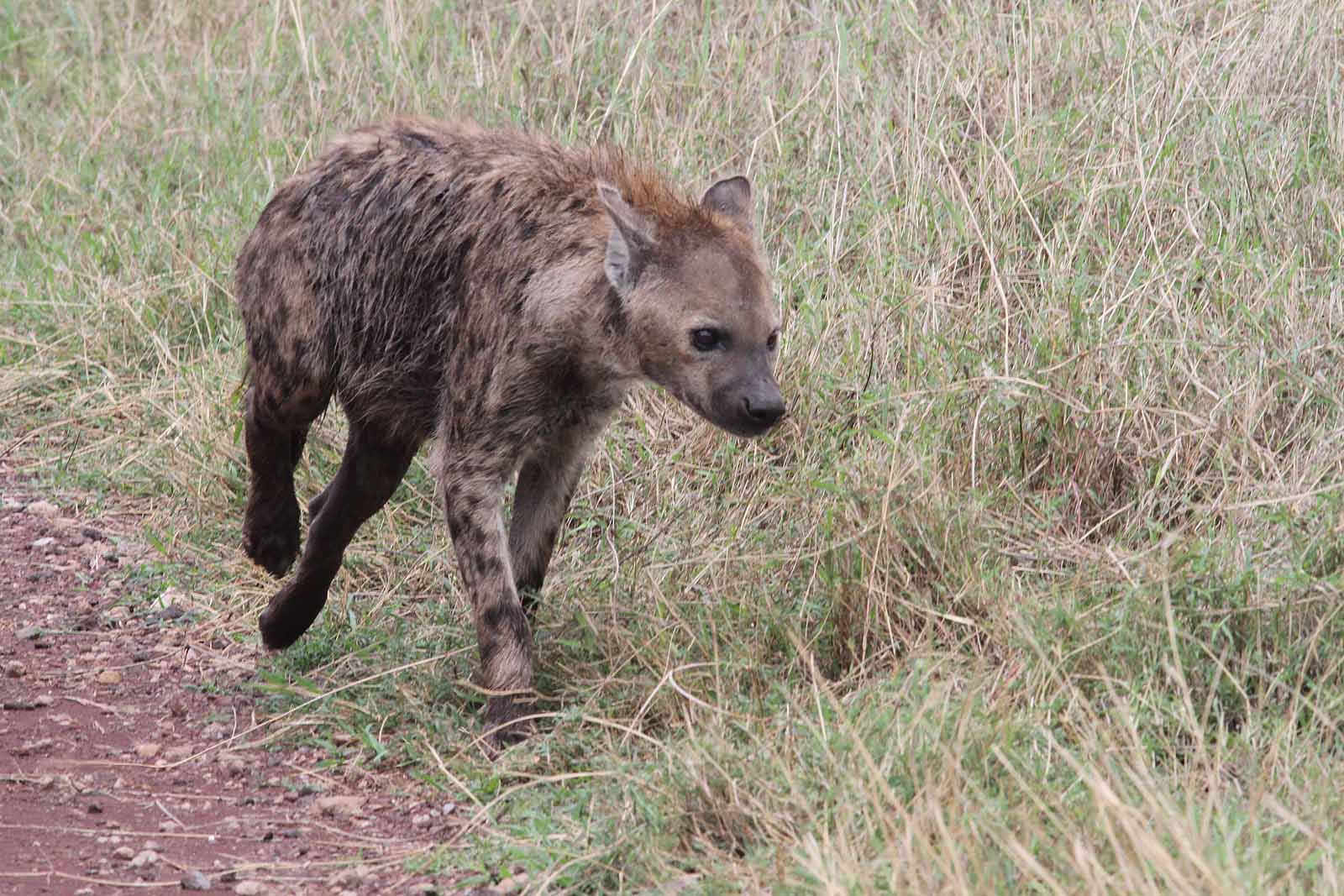
Spotted Hyena (Crocuta crocuta) is one of the most successful hunters in Africa. Its efficiency when hunting is well documented, just like the power of its jaws. Perhaps not quite so well-known is the odor often surrounding these animals, largely because their diet includes carcass and partly degraded food. These animals are usually not difficult to see while visiting subsaharan Africa.
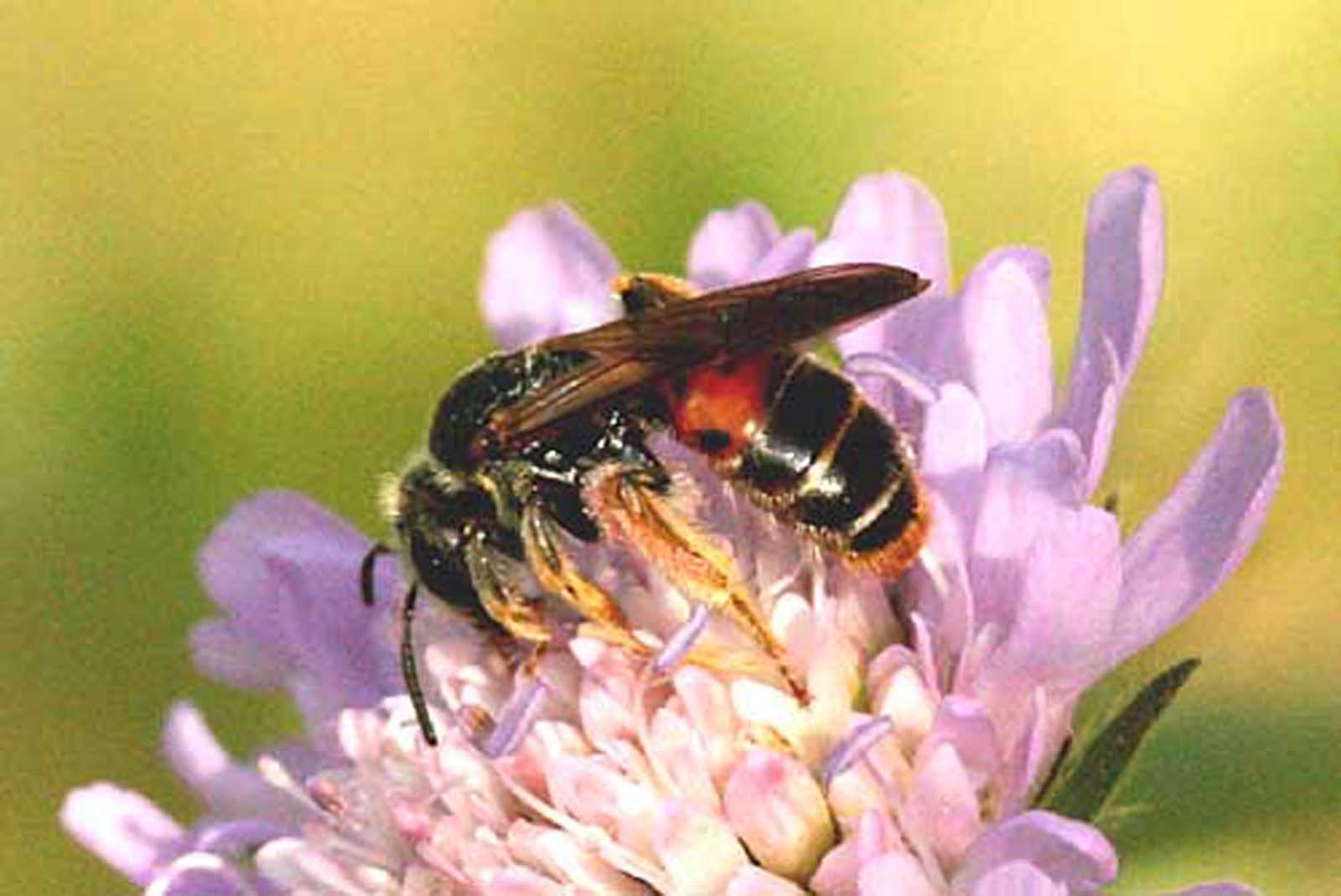
Large Scabious Mining Bee (Andrena hattorfiana) This bee was treated by the STSU in The 2000 Red List of Swedish Species as vulnerable. But as time proceeded it was found more common than the STSU had estimated. This female foraging on Field Scabious (Knautia arvensis) was photographed only about 30 km from my home.

Magellanic Woodpecker (Campephilus magellanicus) inhabits old forests in Chile up to 2000 meters a.s.l. It is a close relative of the now most likely extinct Ivory-billed Woodpecker (Campephilus principalis). During my stay in the USA I got hold of a recording of this species. Ever after having seen David Attenborough ´s presentation of this magnificent woodpecker on Swedish TV I wished to see one. On a birding-trip to Chile 2014 I was able to attain my goal.
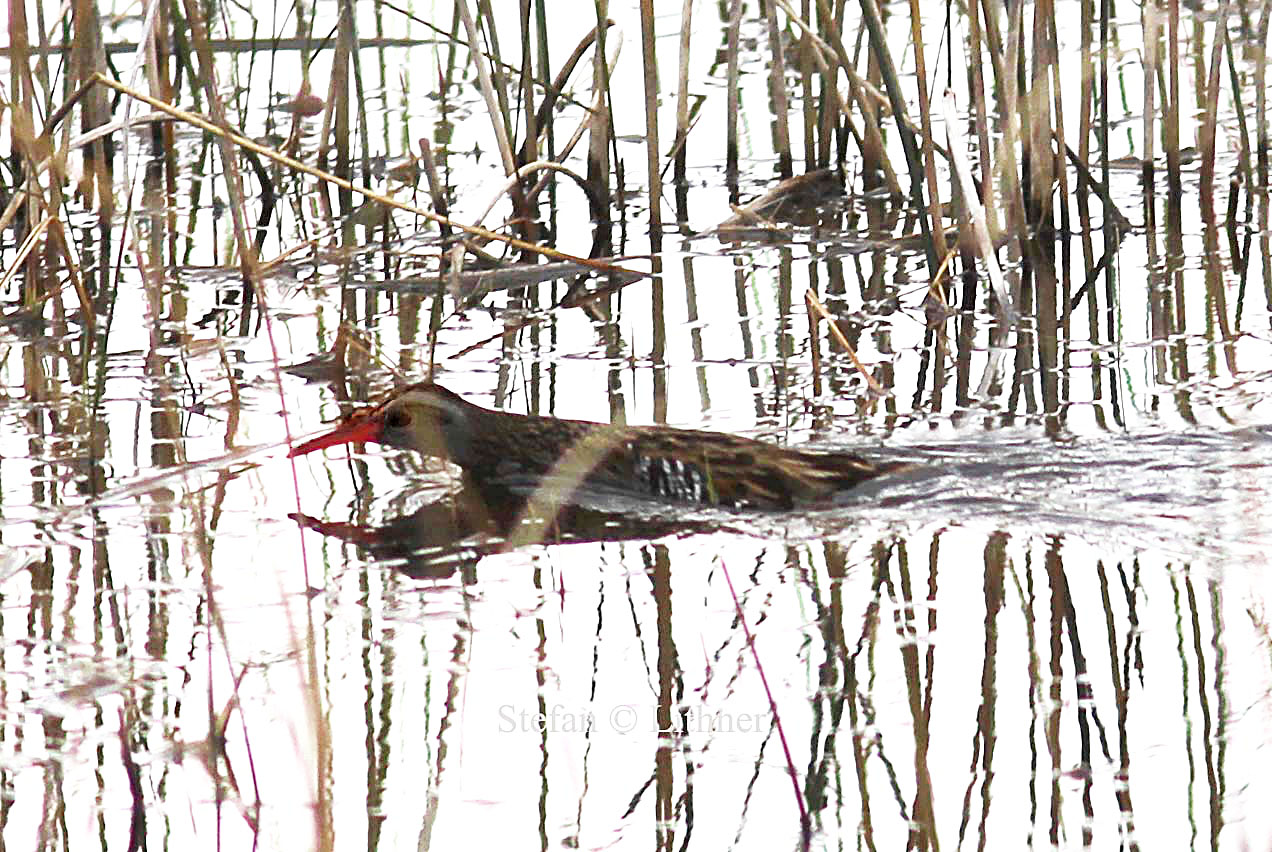
Austral Rail (Rallus antarcticus) During a birding-trip to Chile in November 2014 at dawn we stepped out of our vehicles at Torres Del Paine National Park. Our main target bird was this rail with a current population feared to be below 2500. A participant saw a quick glimpse of something moving from one tuft sparsely overgrown with Carex or Scirpus to another. As we saw movements I held my camera ready to shoot at whatever crossing between the two tufts This is how it came out.
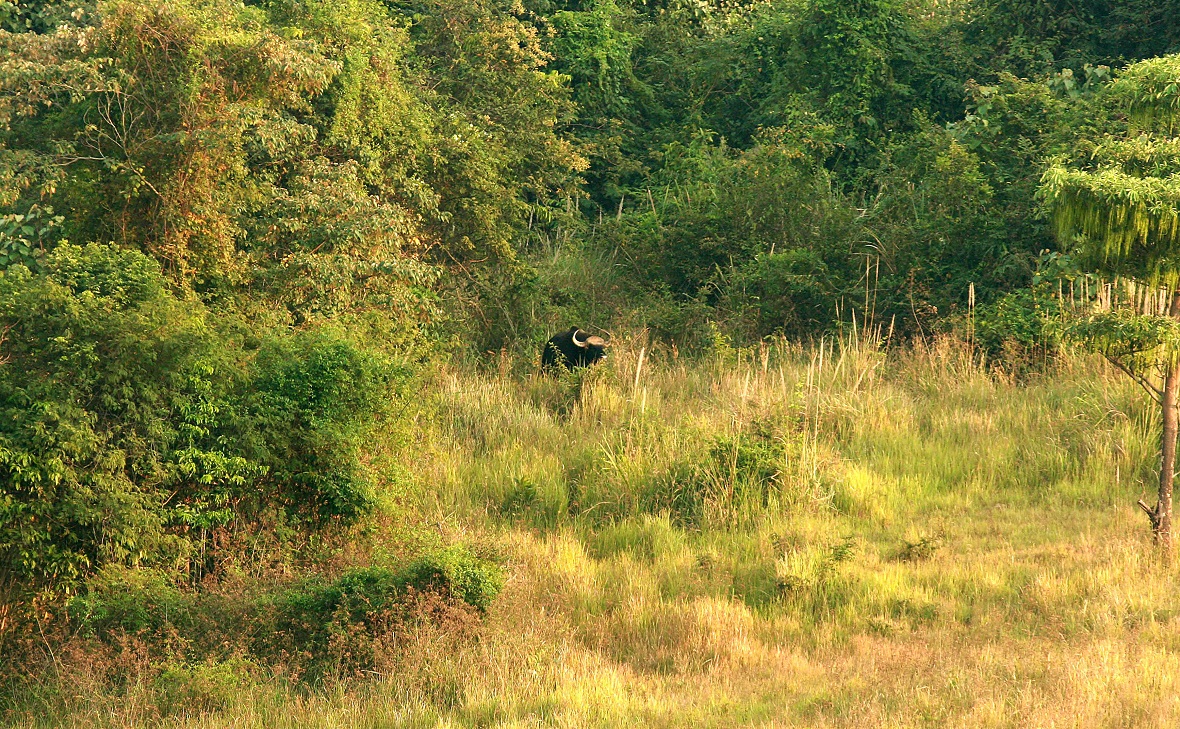
Meeting the Gaur (Bos gaurus) In the early afternoon we hiked to a well camouflage watchtower in Kao Yai, National Park in central Thailand hoping to see this magnificent animal in the wild. At about half an hour before sunset a magnificent 1200 kg bull came cautiously sneaking out of the ever-green forest to graze in the open during the night. After about 20 minutes he ruled the field.
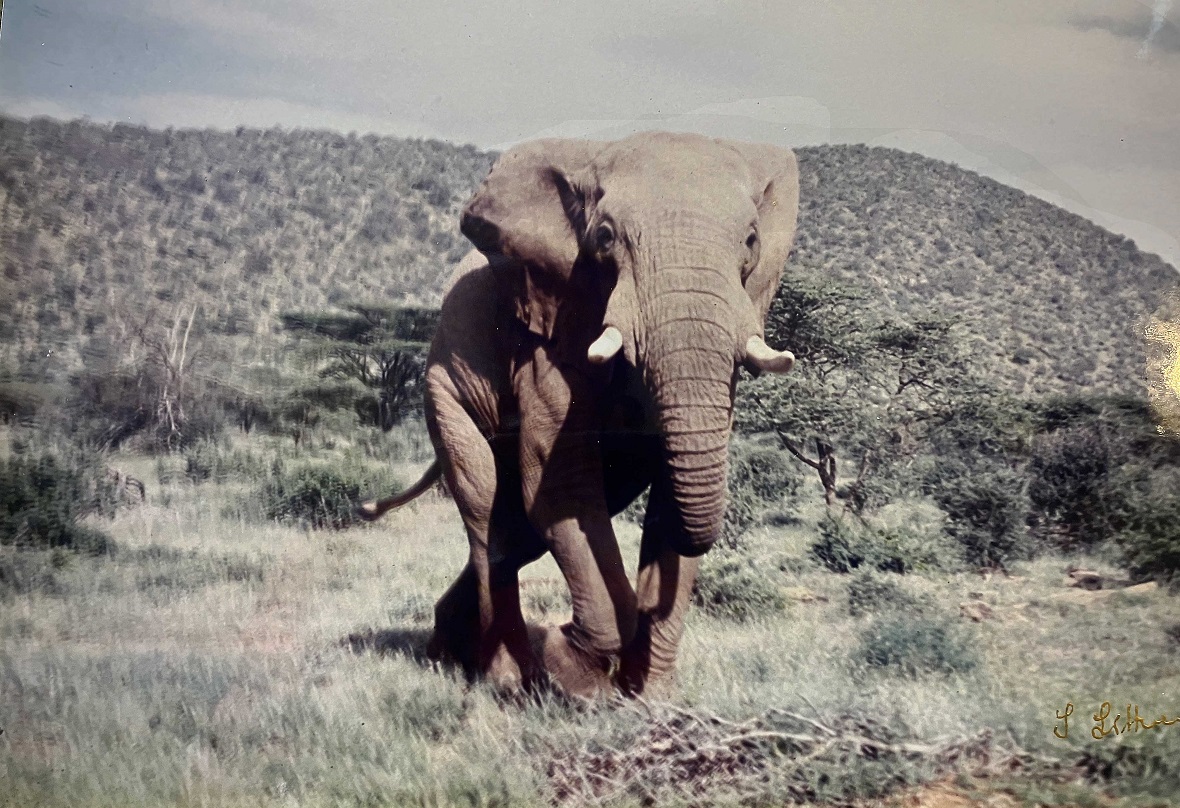
Charging Savannah Elephant (Loxodonta africana) When we were approaching the lodge at
Samburu-Isiolo National Park in Kenya we spotted this large male Savannah Elephant making his way through medium height scrub, obviously irritated. As we stopped our little tourist-jeep he turned straight towards us. At about ten meters away he suddenly launched an attack. Since we were aware of the possibility our driver had the motor running and just released the clutch.
The image is taken with a macro-lens, explaining the extreme size of the head. Exposing dorsal side of the tusks indicates the short distance to the animal.
As soon as we started to move he settled down. We had probably stopped on a path of his, invisible to us.
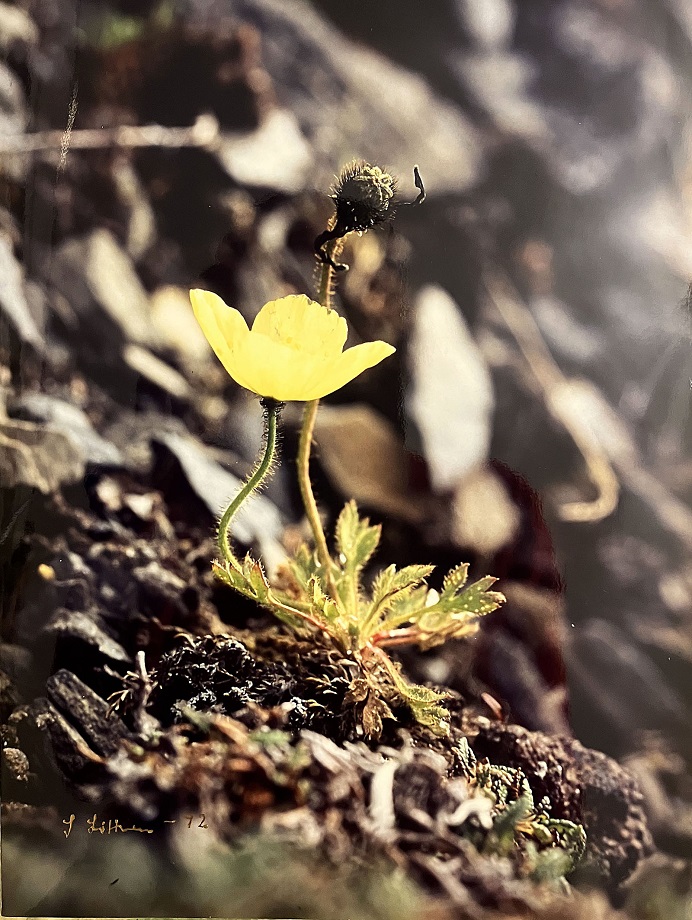
Arctic Poppy (Papaver radicatum ssp. Laestadianum) This taxon is found on four peaks, thee in
Norway and one in Sweden, Pältsa and a few adjacent sites on lower altitude. The taxon was
formerly treated as a full species Papaver laestadianum. To be able to see it on Swedish territory my colleague and I drove to Signaldalen in Norway and hiked south across the border to Sweden and reached the Pältsan. Climbing on the southern peak I found it among rocks at an altitude where nothing else grew, about 1050 metres a.s.l.
Presentation Stefan Lithner
Born in province Skåne (Scania), living in province Blekinge since 1978, spent one year each in USA and the Middle East, has hiked through the interior of Australia and China on his own, biked from Riksgraensen to Ystad with the same ambition; to study wildlife, has participated in inventories of birds, mammals, amphibians and insects for the University of Lund since mid 1970 s, published a few scientific papers.
Stefan has also visited about 60 countries, primarily to study wildlife. Stefan is authorized dentist and authorized physiotherapist and is a diabetic since early 1952.
Stefan Lithner
Contact detalis
Picture Gallery:
My e-mail-address: [email protected]
Här kan ni beställa Stefans bilder online. Skriv in bildens namn i meddelande. Vi svarar er snarast med ett förmånligt pris och leveranstid
